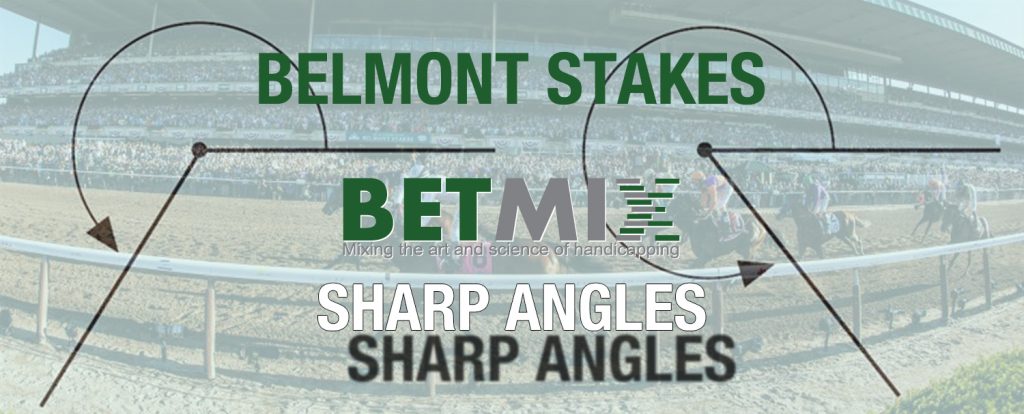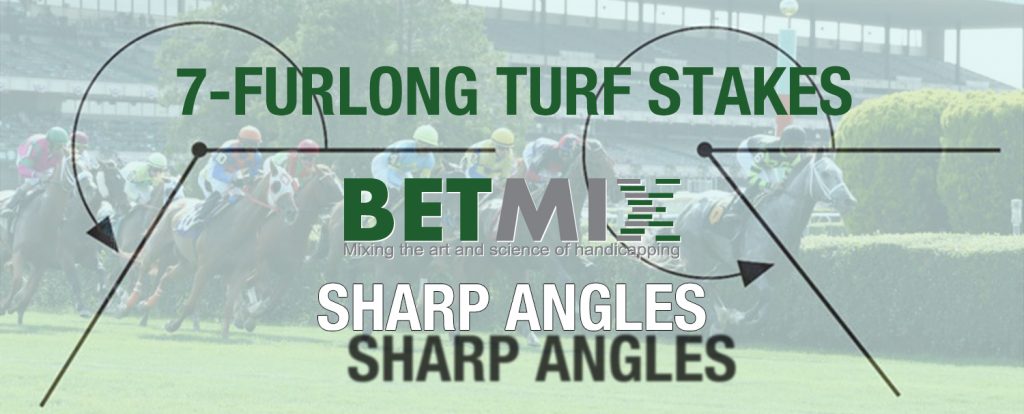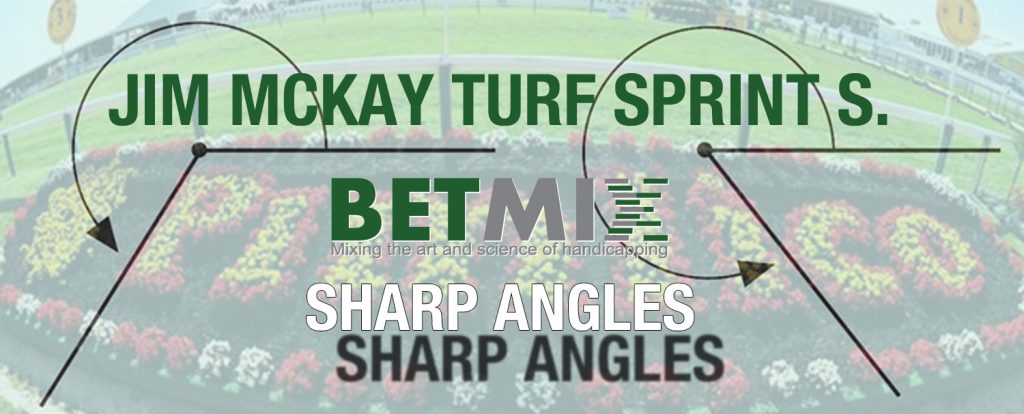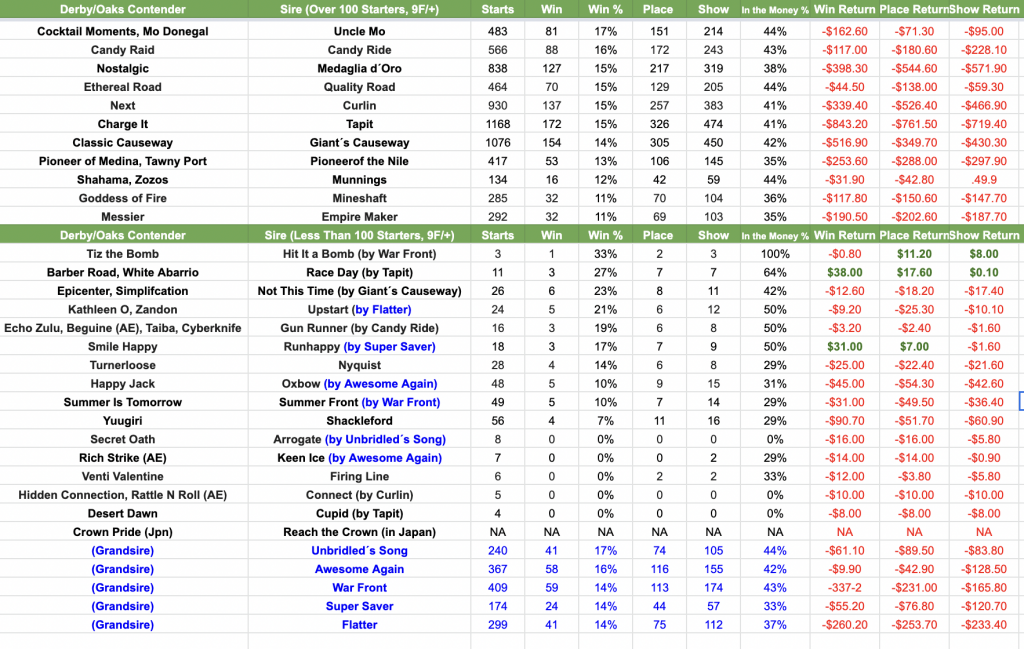June 13, 2022 | By Jeremy Plonk/www.horseplayernow.com
Originally published on www.xpressbet.com
Welcome to a continuing handicapping series for our Monday blog space, “Monday Myths.” Each week I’ll use the power of the Betmix database to take common handicapping assumptions and either support or dispel them with data. Betmix data powers the 1/ST BET app and its features like Angler and Birddog give data-minded horseplayers a treasure trove of information in which to query your own curiosities.
Assumption:
The pocket between the Belmont Stakes and the start of Saratoga is a place where the top barns reload for the summer.
Background:
Saturday’s Triple Crown closer at Belmont Park featured a bevy of top-class stakes races over several racing days. But with Saratoga still about 4+ weeks away, there’s a feeling among horseplayers that some of the biggest barns will be looking ahead to the Spa. Can that be quantified?
Data Points:
I fired up the Betmix database to look at late-season Belmont Park results over the past 4 years when Saratoga immediately followed (discounting the re-arranged 2020 pandemic seasons). I wanted to see if any of the heavyweight barns performed less-than-expected during that time. When looking at NYRA racing, Todd Pletcher, Chad Brown, Bill Mott, Christophe Clement and Shug McGaughey stand out with the highest-quality stables. I’ll use those as my benchmark.
//
2021
Pletcher 9-41 (22%)
Brown 9-45 (20%)
Mott 3-24 (12.5%)
Clement 6-49 (12%)
McGaughey 4-15 (27%)
//
2019
Pletcher 8-33 (24.2%)
Brown 7-42 (16.7%)
Mott 2-12 (16.7%)
Clement 8-34 (22.5%)
McGaughey 4-18 (22.2%)
//
2018
Pletcher 5-47 (10.6%)
Brown 13-74 (17.6%)
Mott 7-44 (15.9%)
Clement 14-51 (27.5%)
McGaughey 2-25 (8.0%)
//
2017
Pletcher 8-53 (15.1%)
Brown 16-78 (20.5%)
Mott 7-56 (12.5%)
Clement 9-48 (18.8%)
McGaughey 3-35 (8.6%)
Bottom line:
Todd Pletcher may have once been overlooking this time on the calendar, but his last 2 years indicate that’s not the case. Chad Brown has maintained a consistent 16-20% strike rate this time of year, but that’s definitely a cut below his normal Belmont output. Clement is coming off a down year, but previously was right on cue this time of year for his barn. McGaughey, like Pletcher, once may have been saving arsenal, but the last 2 years don’t give that impression.
To say outright that the top barns are awaiting Saratoga would be a generalization not based totally on the numbers. The increased purses on the NYRA circuit in racing years make it highly profitable no matter if it’s late Belmont or the Spa. Of the big players, Chad Brown would be the one to perhaps look at most consistently as a barn that’s awaiting Saratoga. But as the big swings show above, look at the immediate performance of these barns this week post-Belmont and you may find some horses to fade over the next few weeks.
Additional details:
You can go into Betmix and run your own queries for a deeper dive into this theory and any that you can create. For instance, check the classes of races and how these barns perform in the interim between the Belmont Stakes and Saratoga.







